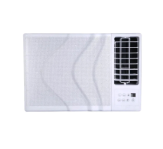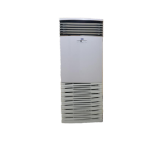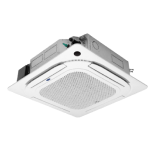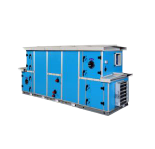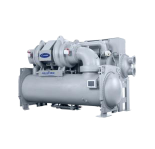On one hand, if it’s too hot, you can sweat and end up dehydrated, tiring you out while still making it difficult to sleep. Even when you do finally fall asleep, high temperatures can increase your core body temperature, decreasing the time you spend in the healing slow-wave sleep and reducing your overall sleep quality.
On the other hand, if it’s too cold, it can make you shiver and cause your muscles to tense up, which leads to cramps and restless sleep. It can also be simply uncomfortable, disrupting the rapid eye movement (REM) phase of your sleep and negatively affecting your blood pressure.
What you can do:
Here in the Philippines, you can set your AC’s temperature setting or your thermostat to at least 22°C or lower (but not so low that you feel uncomfortable) an hour or so before you intend to tuck in so your body recognizes that it’s time to sleep.
Another thing you can do is prepare different sets of blankets or linens for the hotter, dry seasons and the colder, wet seasons. Use a lightweight blanket or thin sheet during the hot months, and layer them or use a thicker blanket or comforter during the cold months.
